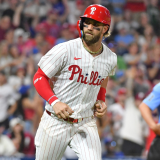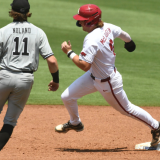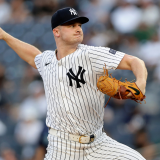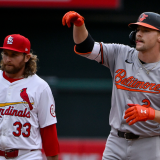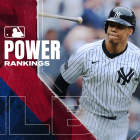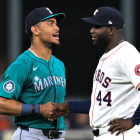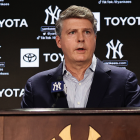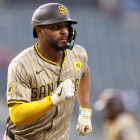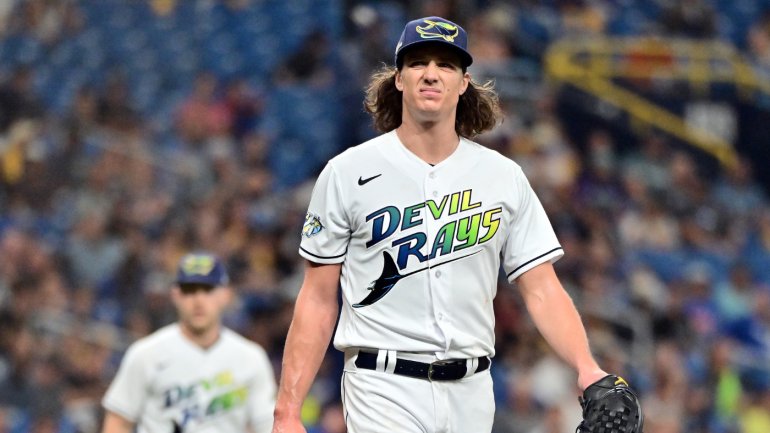
The Tampa Bay Rays were eliminated from the playoffs last week, falling in a two-game sweep in the American League Wild Card Series against the Texas Rangers. The Rays, winners of 99 regular-season contests, will now begin formulating their offseason plans. Oftentimes in St. Petersburg, that means identifying which veterans will be heading out the door, either through trade or free agency, because of ownership's strict self-imposed financial restraints.
The Rays' most obvious candidates to change teams this winter include righty ace Tyler Glasnow and outfielder Manuel Margot. Glasnow is scheduled to make a franchise-record $25 million next season, while Margot is on the books for $10 million -- a heftier amount than the Rays would presumably like to dish out given his performance in recent years. If you were a team looking to add a starter or an outfielder this winter, then you would probably feel pretty good about your chances of those two being made available.
Nevertheless, Rays president of baseball operations Erik Neander stressed during the team's wrap-up press conference on Monday that Tampa Bay has the financial flexibility to stay the course if they so desire.
"If we think that's what's best, not just for next year, but the years ahead, to figure out a way to not be up here [on the podium doing a season postmortem] after two postseason games, I think the option will be on the table to run that back," Neander told reporters, including Marc Topkin of the Tampa Bay Times.
Running it back would involve a significant payroll bump through arbitration raises and other contracts, like Glasnow and Margot mentioned above.
"We have the ability to do that," Neander said. "And that's a nice starting point to have — 99 wins with contributions from as many players as we did this year, players that established themselves, young players getting their first opportunities. It puts us at a really strong position."
Not that executives' press conference answers are legally binding or anything, but you have to tip your cap here: that's a well-designed answer by Neander. He says the Rays can keep the group together, but he allows for the possibility that they'll determine another course of action is best for their chances. He leaves the door ajar for a possible Glasnow (or whomever) trade without making it so obvious that the Rays cede leverage in trade talks.
That last part is vital. Neander's craftsmanship does not guarantee other teams will buy that keeping Glasnow is a realistic option for the Rays, thereby gaining Tampa Bay an advantage in negotiations, but it beats the alternative. Will it actually work? That's difficult to say. It's hard to envision the Rays willingly paying any single player $25 million -- not when their Opening Day payroll this year was $73 million, or $1 million more than what they trotted out in 2010. (The franchise-high in payroll is $83 million.) Would the Rays really devote around a third of their available dollars to any one player, let alone a pitcher who has experienced his share of injury woes in recent years?
Again, we're skeptical. But, even if the Rays are set on trading Glasnow this offseason, planting a seed of doubt in others' minds can only prove to be beneficial when it comes time to talk turkey.







